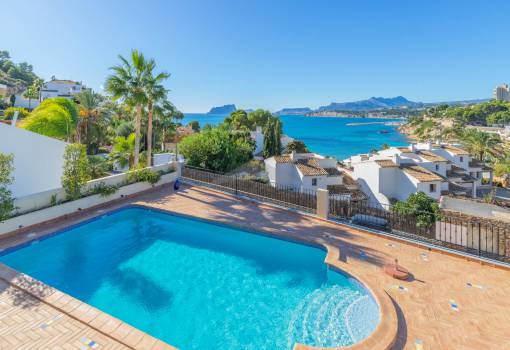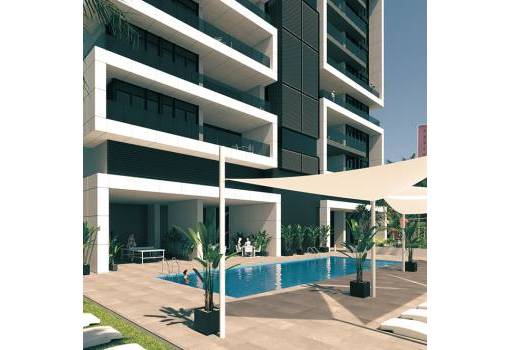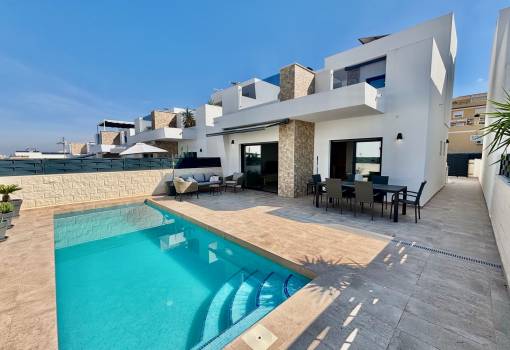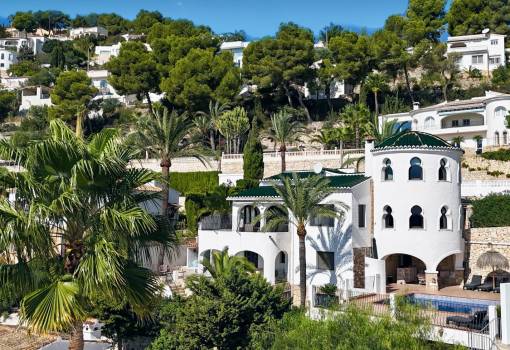The History of Moraira
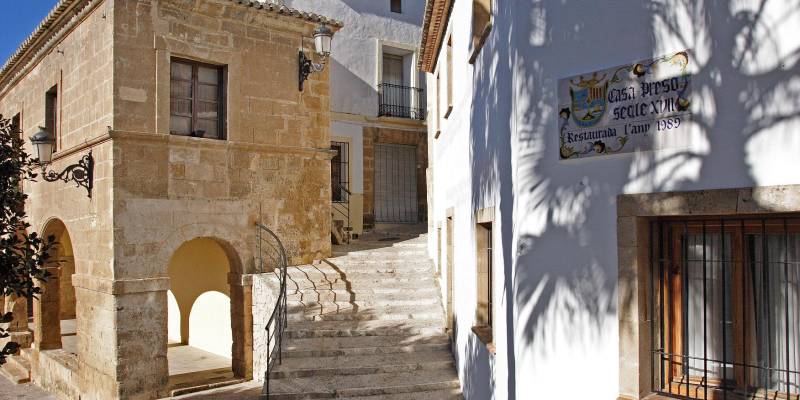
The Mediterranean, crucible of cultures and a bridge between civilisations, has marked the physiognomy of this municipal area over the centuries.
The area has been inhabited since time immemorial, in fact upper Paleolithic and Neolithic artefacts have been found in the "Cova de les Cendres". The Iberians also left their trace until they lost their identity due to the Romanisation of the territory. After the Romans, farmers and ranchers, who may have named this area, came the Arabs. They were responsible for giving shape to the splendid terraced landscape we still enjoy today, and for naming numerous parts of the municipal area.
In the 13th century, when the armies of James I appeared, the culture, traditions and customs that make up the friendly, happy and hospitable character of this Mediterranean people started to germinate.
The municipal area was legally created in 1386 and, shortly afterwards, in 1410, we received a visit from an historical figure, St Vicente Ferrer, our first famous tourist.
During the 15th, 16th and 17th centuries the community suffered from continuous attacks from Berber pirates. It was then that our most significant architectural legacy was built: the Cap d'Or watchtower, the Santa Catalina Church-Fortress and the Sala de Jurats i Justicies.
After the tower, which is now commonly known as the "Castell de Moraira" (Moraira castle) or Castell de la Mar (Castle of the Sea) were built, and under its protection, a small settlement started to develop, mainly reliant on fishing, but also engaged in other activities.
In the 19th century, the economy of the Marina Alta district started booming as a result of raisin exports to the rest of Europe and to America. Calle Almacenes is still reminiscent of these buildings which were used to store raisins before they were taken in the fishermen's small boats to larger ships in the bay for export to their destinations.
The first economic activity in the municipal area, agriculture, which produces the delightful sweet muscat of Alexandria grapes used to make an exquisite wine, mistela, started to decline in the mid-20th century with the arrival of the tourist industry.

El Portet and Platgetes were witness of the arrival of the first tourists, who come here in the middle of the last century. However, it was at the end of the sixties and the beginning of the seventies when we started to welcome visitors who came to enjoy the wonderful climate, attractive beaches and lovely scenery.
Tourists, who come here now will find a town with a rich natural, historical, artistic and monumental heritage. Those looking for culture will find numerous stories, legends and people who offer a friendly welcome.

